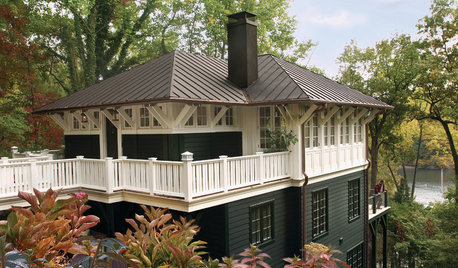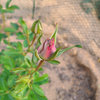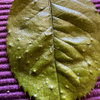Sick Bradford Pear tree? Yellow leaves, Dead buds
runawayoctober
14 years ago
Related Stories

FALL GARDENING11 Trees for Brilliant Fall Color
Give your landscape the quintessential look of autumn with the red, orange and yellow leaves of these standouts
Full Story
LANDSCAPE DESIGN7 Great Trees for Summer Shade and Fall Color
These landscape-pro faves straddle the seasons beautifully. Could one enhance your own yard?
Full Story
EDIBLE GARDENSHow to Add an Apple Tree to Your Edible Garden
Readily available, beautiful and fragrant, apple trees offer four-season interest along with crisp, juicy fruit
Full Story
SPRING GARDENING7 Spectacular and Practical Spring-Flowering Trees
Put on a beauteous show in the garden with a landscape tree awash in flowers — just do your homework first
Full Story
EDIBLE GARDENSHow to Grow Your Own Peaches and Nectarines
Make gardening a little sweeter with these juicy fruits, which you can eat after plucking or preserve for later
Full Story
GARDENING GUIDESGarden-Friendly Native Alternatives to Overplanted Exotics
There are lots of gorgeous, wildlife-friendly native plants ready to make an appearance in your garden
Full Story
EDIBLE GARDENSSummer Crop: How to Grow Blueberries
Plant blueberries in spring or fall for garden beauty through three seasons — and a sweet superfood in summer
Full Story
PETS6 Ways to Help Your Dog and Landscape Play Nicely Together
Keep your prized plantings intact and your dog happy too, with this wisdom from an expert gardener and dog guardian
Full Story
HOUSEPLANTSHow to Grow Orchids Indoors
Orchids are the exotic aristocrats of the flower world and can make themselves comfortable in almost any home
Full Story
HOUZZ QUIZHouzz Quiz: What Color Should You Paint Your House?
Is white right? Maybe dark blue-gray? Take our quiz to find out which color is best for you and your home
Full StoryMore Discussions








aztreelvr
nc_crn
Related Professionals
Lake Oswego Landscape Architects & Landscape Designers · Lakewood Landscape Architects & Landscape Designers · Parole Landscape Architects & Landscape Designers · Saint Matthews Landscape Architects & Landscape Designers · East Lake-Orient Park Landscape Contractors · Hoover Landscape Contractors · North Haven Landscape Contractors · Paramus Landscape Contractors · Snoqualmie Landscape Contractors · White Bear Lake Landscape Contractors · Wilsonville Landscape Contractors · Quartz Hill Landscape Contractors · Arlington Carpenters · Fruit Cove Carpenters · Hempstead Carpenterskojac_phx
nc_crn
kojac_phx
runawayoctoberOriginal Author
nc_crn
thisisme
tugbrethil